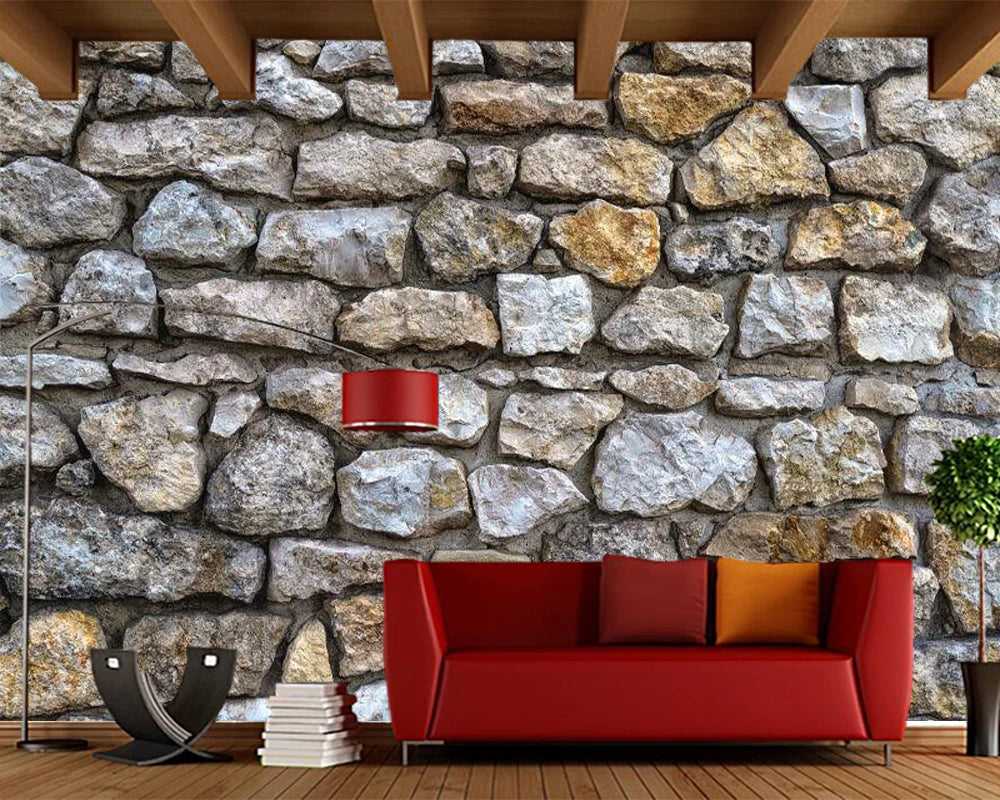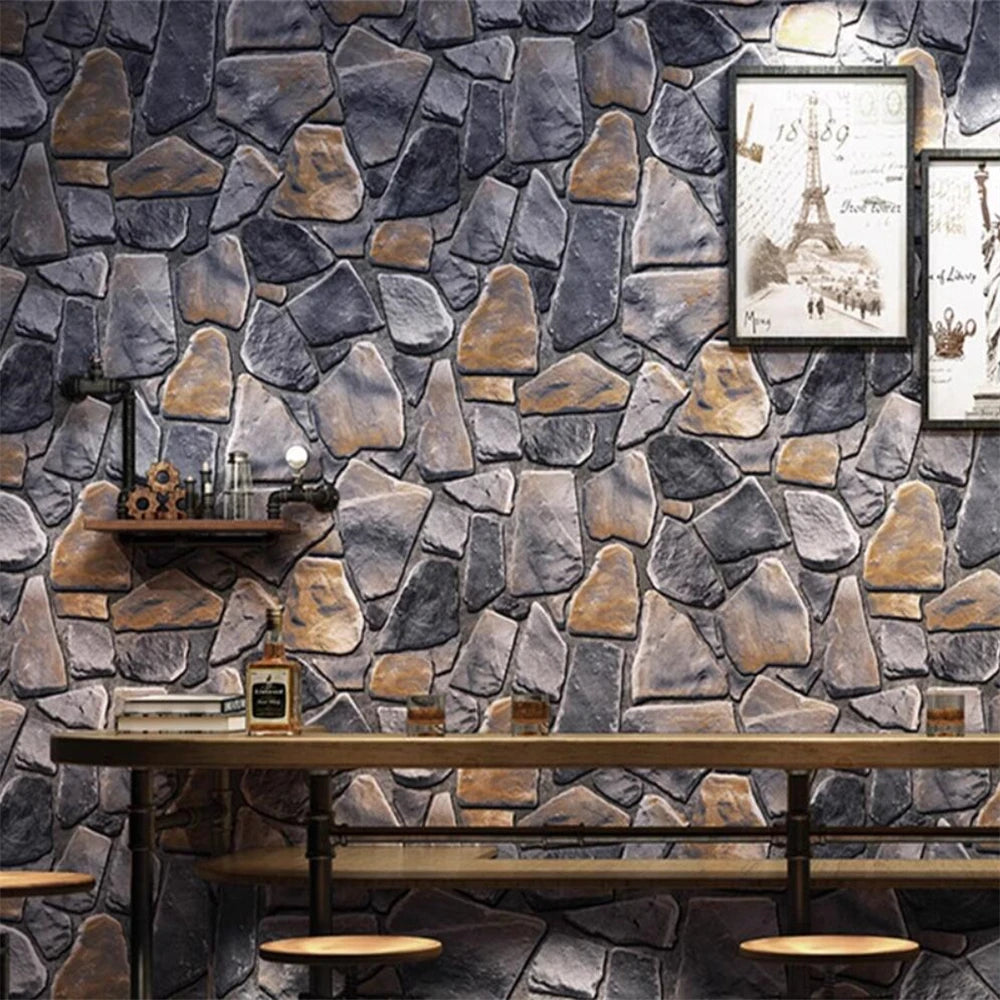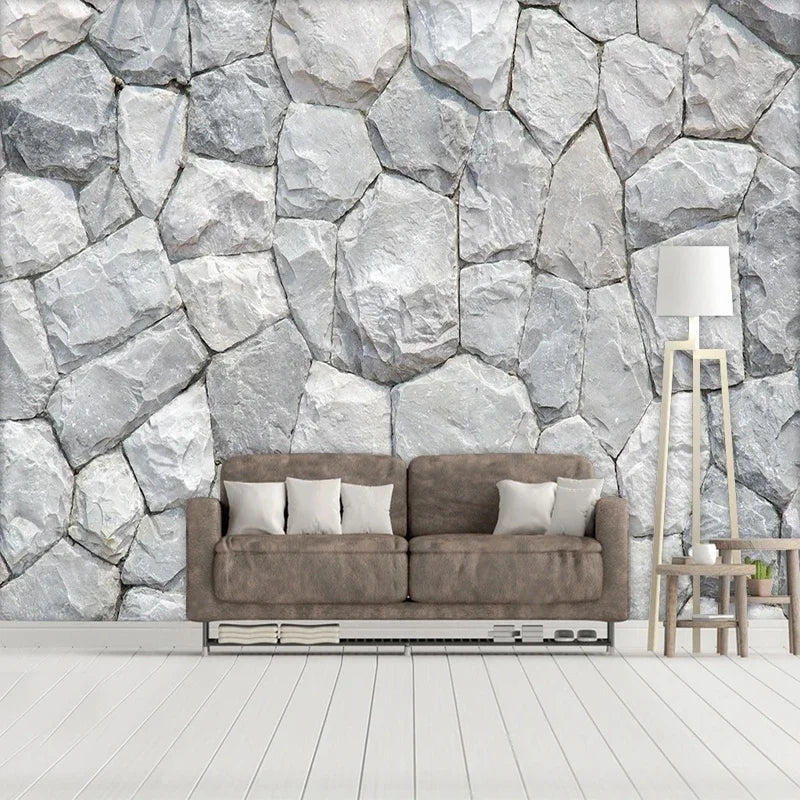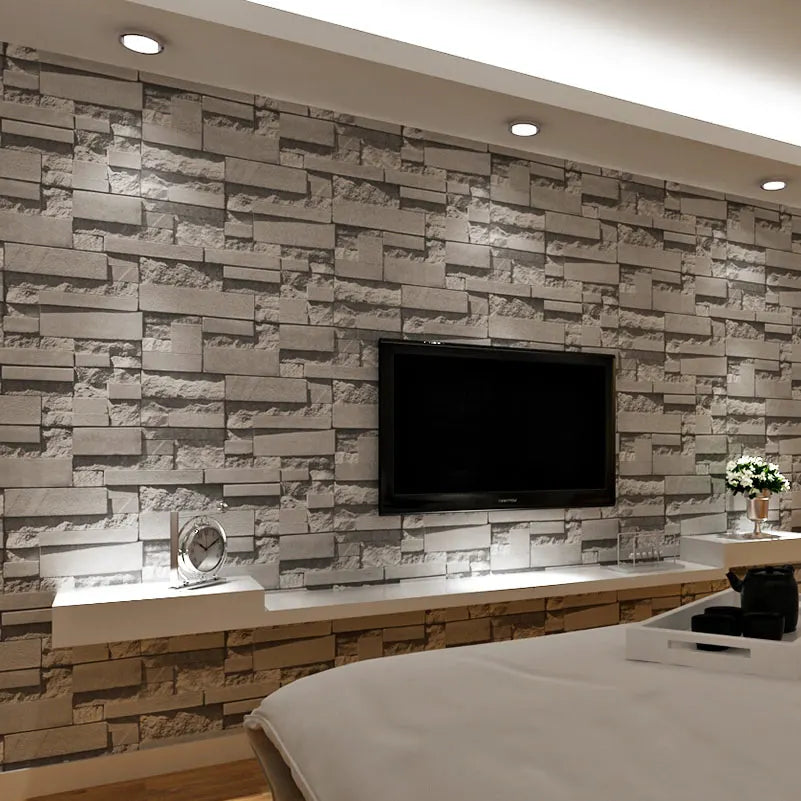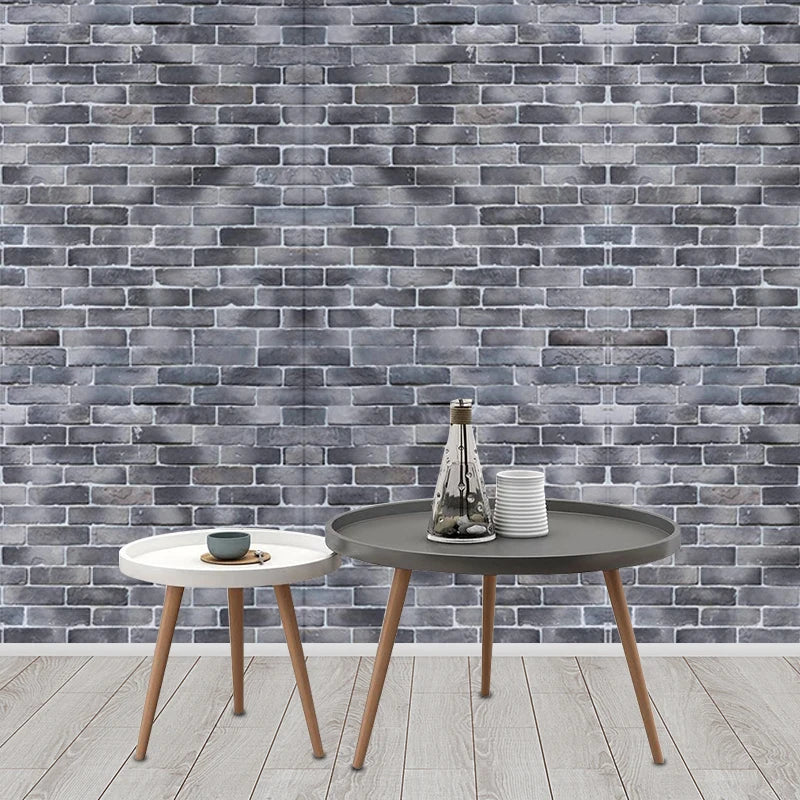How To Peel Wallpaper
How to Peel Wallpaper: A Step-by-Step Guide to Removing Wallpaper Easily
Preparing Your Space
Before you start peeling wallpaper, it's important to prepare your space for the task at hand. Clear the room of any furniture or decorations to give yourself ample space to work. Lay down a drop cloth to protect your floors from any adhesive or wallpaper debris. Additionally, gather the necessary tools such as a utility knife, wallpaper scraper, and a spray bottle filled with warm water.
Once you have your space prepared, it's time to move on to the next steps to effectively remove wallpaper.
Scoring the Wallpaper
First, start by scoring the wallpaper. Use a utility knife to create small cuts or perforations on the surface of the wallpaper. This will help the water penetrate the adhesive underneath, making it easier to remove. Be careful not to press too hard and damage the wall underneath.
After scoring the wallpaper, soak a sponge or cloth in warm water and squeeze out any excess. Gently wet the scored wallpaper, focusing on small sections at a time. Let the water soak in for a few minutes to loosen the adhesive.
Once the paper is sufficiently wet, you're ready to start peeling.
Peeling the Wallpaper
Begin peeling by using a wallpaper scraper or putty knife to lift the edges of the wallpaper. Start at a corner or seam and slowly work your way across the wall. Be patient and take your time to avoid damaging the wall surface.
If the wallpaper doesn't easily come off, use the scraper to gently scrape away the softened wallpaper. Avoid applying excessive pressure, as this can cause damage to the wall. Continue wetting and peeling until the entire surface of the wallpaper is removed.
After peeling off the wallpaper, you may notice some residual adhesive left on the wall. Don't worry, we'll tackle that next.
Removing Adhesive Residue
Once you've successfully peeled off the wallpaper, there may be some stubborn adhesive residue left behind. Here are a few methods to help you remove it:
Using a Wallpaper Remover
There are many commercial wallpaper removers available that are specifically designed to remove adhesive residue. Simply follow the instructions on the product label to effectively dissolve and remove the remaining adhesive. Make sure to wear gloves and work in a well-ventilated area when using these products.
Apply the wallpaper remover to the residue using a sponge or cloth. Allow it to sit for a few minutes to penetrate the adhesive, then gently scrub the area with a non-abrasive brush or sponge. Rinse the wall with warm water to remove any leftover residue.
If you prefer a more natural approach, you can try the following homemade remedies:
Using Vinegar and Water
Mix equal parts vinegar and warm water in a spray bottle. Spray the mixture onto the adhesive residue and let it sit for a few minutes. Use a sponge or cloth to scrub the area gently. The acidity of the vinegar helps break down the adhesive, making it easier to remove.
Rinse the wall with warm water to remove any vinegar residue. If needed, repeat the process until all adhesive residue is gone.
Using Baking Soda Paste
If vinegar is not readily available, you can make a baking soda paste by mixing baking soda with warm water. Apply the paste onto the adhesive residue and let it sit for a few minutes. Gently scrub the area with a sponge or cloth. The gritty texture of the baking soda helps break down the adhesive.
Wipe off any leftover paste with a damp cloth and rinse the wall with warm water to remove any residue.
Dealing with Stubborn Wallpaper
Sometimes, despite your best efforts, wallpaper can be particularly stubborn to remove. In these cases, you can try a few alternative methods:
Using a Steamer
A steamer can be an effective tool to soften and remove stubborn wallpaper. Simply fill the steamer with water according to the manufacturer's instructions. Hold the steamer against the wallpaper for a few seconds to allow the steam to penetrate the adhesive. Then, use a scraper or putty knife to gently peel off the wallpaper.
Be cautious when using a steamer, as the steam can be hot. Always follow the manufacturer's instructions and take safety precautions.
Using Fabric Softener
Fabric softener can also be used to loosen stubborn wallpaper. Mix equal parts fabric softener and warm water in a spray bottle. Spray the mixture onto the wallpaper and let it sit for a few minutes. The fabric softener will help break down the adhesive, making it easier to remove.
Once the wallpaper is sufficiently wet, use a scraper or putty knife to peel it off. If necessary, apply more fabric softener mixture and repeat the process until all wallpaper is removed.
Conclusion
Removing wallpaper can be a daunting task, but with the right tools and techniques, it can be done easily. Start by preparing your space and scoring the wallpaper. Then, carefully peel off the wallpaper, making sure to avoid damaging the wall. After removing the wallpaper, use a wallpaper remover or homemade remedies to tackle any adhesive residue. If the wallpaper proves particularly stubborn, try using a steamer or fabric softener to aid in the removal process. By following these steps, you'll have a beautifully blank canvas to work with for your next home improvement project.




